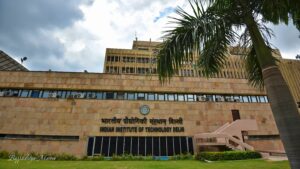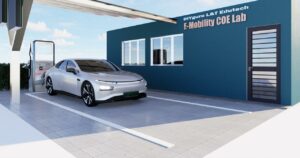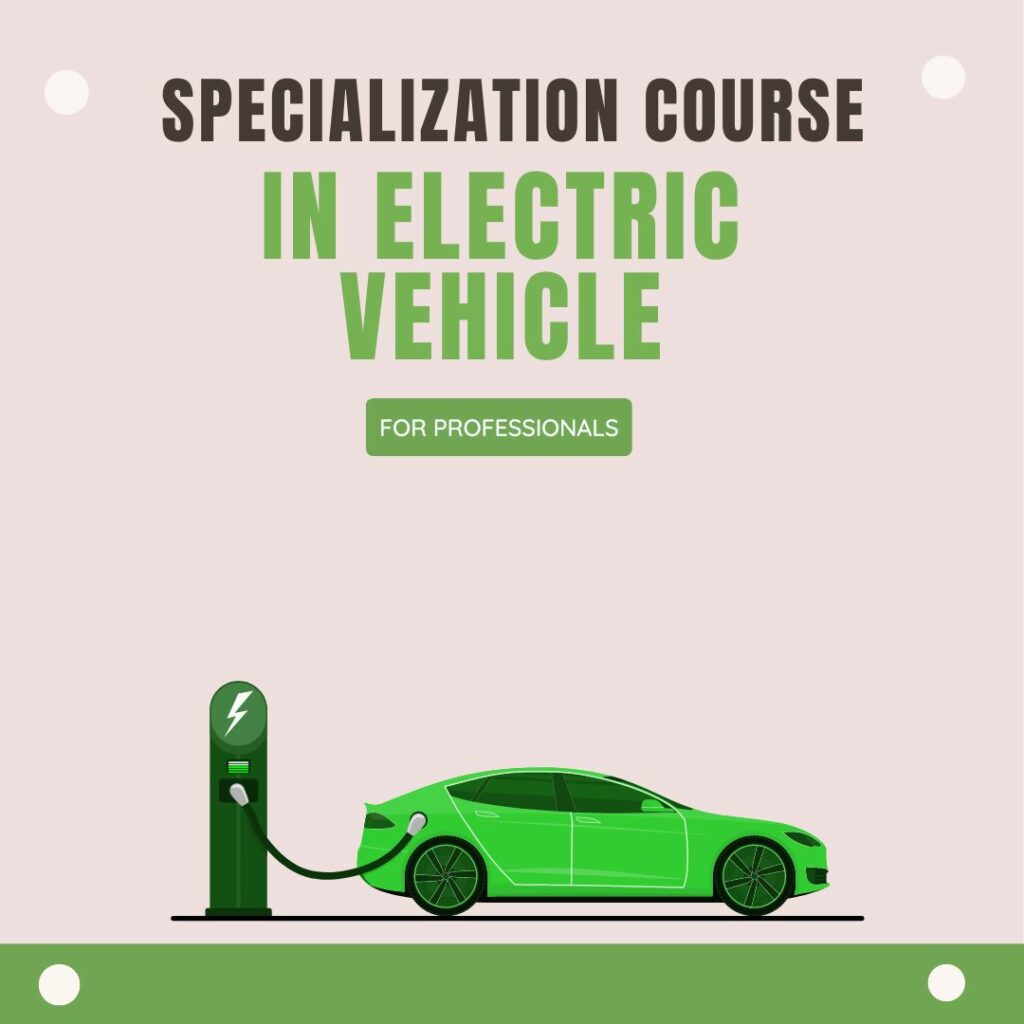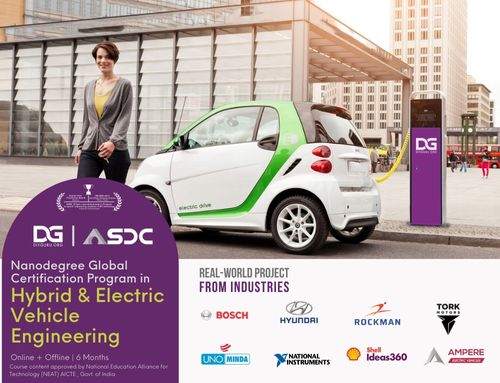With the rapid adoption of electric vehicles, the demand for Li-ion batteries will grow significantly in the coming decades. In the meanwhile, as EV batteries begin to reach their end-of-life, we will see an exponential growth of retired Li-ion batteries coming out of vehicles. By 2020 we will already have around 14 GWh, or 102,000 tons of Li-ion batteries retiring from EVs per year. With the rapid adoption of EVs, the total amount of EV batteries reaching end-of-life is expected to reach 7.8 million tons per year by 2040, according to the latest IDTechEx report, Li-ion Battery Recycling 2020-2040.
When an EV battery is reaching its end-of-life of its vehicle service, the battery can either be repurposed for a second-life in alternative applications or recycled to obtain the raw materials. Unlike batteries used in consumer electronics such as our laptops and mobile phones, the batteries retired from electric cars could still retain 70-80% of their initial capacity. Those batteries cannot satisfy the requirements for use in EVs anymore, for example when the loss of battery capacity limits the driving range of the electric car, but they could provide sufficient capacity for less-demanding applications such as stationary energy storage in their ‘second-life’. Global EV manufacturers including Nissan, Renault, BMW, Volkswagen, BYD and so on have been exploring various usage scenarios for second-life EV batteries from residential, to commercial and grid-scale energy storage applications. However, there are companies such as Tesla who claimed that all of their EV batteries will be directly recycled instead of being repurposed for a second-life.
In theory, recycling is the least sustainable measure in circular economy and should be the last step when the batteries could not be utilized anymore. Therefore, retired EV batteries should be considered for remanufacturing or repurposing for second-life before they are recycled. In practice, however, many more factors are considered. A hot discussion around whether to recycle or repurpose a second-life for retired EV batteries is also related to battery chemistry. Lithium iron phosphate (LFP) is a popular chemistry used by Chinese EV manufacturers. It has been extensively used in the electric buses in China due to safety concerns. According to BYD, the leader of LFP batteries in China, second use of LFP batteries definitely makes business sense. Unlike NMC or NCA batteries, the recycling value of LFP batteries is relatively low because it does not contain high-value metals (US$9/kWh for LFP versus $25/kWh for NMC 111 at current metal prices). Besides, LFP has better cycle life and safety performance which is a priority for stationary storage rather than high energy density. These make second-life an attractive option for retired LFP EV batteries. For a more detailed analysis of the second-life EV battery market please see the IDTechEx report “Second-life Electric Vehicle Batteries 2020-2030”.
Whether retired EV batteries have a second-life or not, all of those batteries will need to be recycled in the end anyway. Recycling provides a crucial solution to raw material supply insecurity and price fluctuations. Through recovering critical raw materials from Li-ion batteries, manufacturers can shield themselves from supply disruptions and also generate additional revenue streams. By 2040 the global Li-ion battery recycling market will be worth US$31bn annually, according to the latest IDTechEx report, “Li-ion Battery Recycling 2020-2040”. This report provides a comprehensive overview of the current market landscape and trends of Li-ion battery recycling, as well as an in-depth analysis of key recycling processes and technologies. This report also provides an in-depth analysis of the Li-ion battery recycling value chain from a lifecycle perspective: from mining and processing, to battery materials and production, battery usage, throughout to recycling (or second life and recycling).
To learn more about Batteries and it’s working Technology. Subscribe to DIYguru Battery Management Course






















